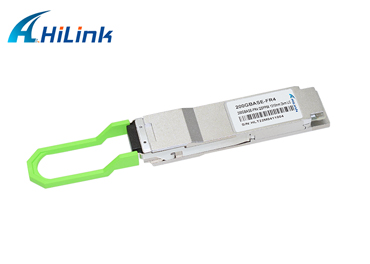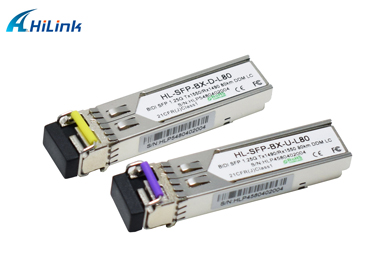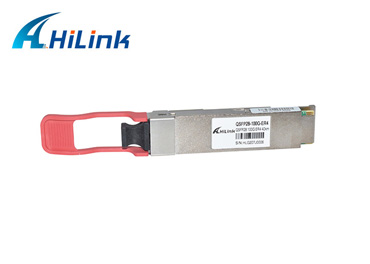Single Fibre vs Dual Fibre Transceivers: Which One to Choose?
Oct. 28, 2022
Fibre optics has gained huge traction over the past few years and is expected to grow further in the coming years. There are many benefits to using a fibre optic solution. The good part is that you can use it to extend an existing legacy network. Efficient and fast data transmission and reception are essential for any network, and this is achieved in large part through optical transceivers in fibre optic networks. These are compact devices designed to transmit and receive data over fibre optic cables. In fibre optics, data is sent over long distances at high speed in the form of optical pulses or signals.
Transceivers convert the electrical input received from existing UTP cables into optical signals, which is what makes them such important devices on a network. This article discusses the types of fibre optic transceivers, their differences and much more.
200G 2KM QSFP56 FR4
The difference between single and dual fibre optic transceivers
Introduction to fibre optic transceivers
There are two main types of optical transceivers - single-fibre optical transceivers and dual-fibre optical transceivers.
Single fibre transceiver: In this device, the transmission and reception of data take place on a single fibre. It is therefore bi-directional and is often referred to as a BIDI. technically speaking, it requires only half the actual length of the fibre. The single-fibre transceiver is used as an optoelectronic conversion device and also uses Wavelength Division Multiplexing (WDM) technology. WDM combines and splits data according to the wavelength of the light. The wavelength range varies between 1300 and 1600 nm. These happen to be more stable in terms of signal strength. The good part is that this type of transceiver can be used in remote areas where fibre is scarce.
Dual fibre transceiver: This is the more common type of the two. A dual fibre transceiver uses the same wavelength on both fibres. It has two different channels or ports for transmitting and receiving data. In these channels, the TX is used for transmitting and the RX for receiving. The core function of converting electrical signals to optical signals remains the same, albeit in a different way.
1.25G BIDI SFP 80KM
Differences between single and dual fibre transceivers
The definitions of these two types of transceivers clearly point out some differences. Nonetheless, this is where single-fibre transceivers differ from dual fibre transceivers.
It is possible to convert a dual fibre transceiver to a single fibre and vice versa as required. This can be done where the connection provider provides a single fibre and the complex or area of the network required has a dual fibre transceiver.
They differ in the number of ports. The dual type has two ports, whereas the single type has only one.
100G 40KM QSFP28 ER4
In terms of cost, a single fibre optic fibre transceiver is more expensive compared to a dual fibre transceiver.
Two single fibre transceivers can easily be connected with one fibre patch cable.
The BIDI transmits and receives data on a single fibre, whereas a dual fibre transceiver runs on two fibres.
If you are looking for fibre optic equipment for your network (e.g. fibre optic transceivers etc.) or planning to extend your legacy network, make sure you choose a reliable manufacturer and supplier.VERSITRON is a leading manufacturer and supplier of a wide range of fibre optic equipment and installation kits. They offer HD transceivers that provide excellent video and audio output quality.
Hilink is specialized in fiber optical products and networking solutions. Our main products are transceiver modules such as QSFP, QSFP28, CWDM/ DWDM SFP/XFP. If you need our expert advice, you can visit us directly at https://www.hilinktech.com.














